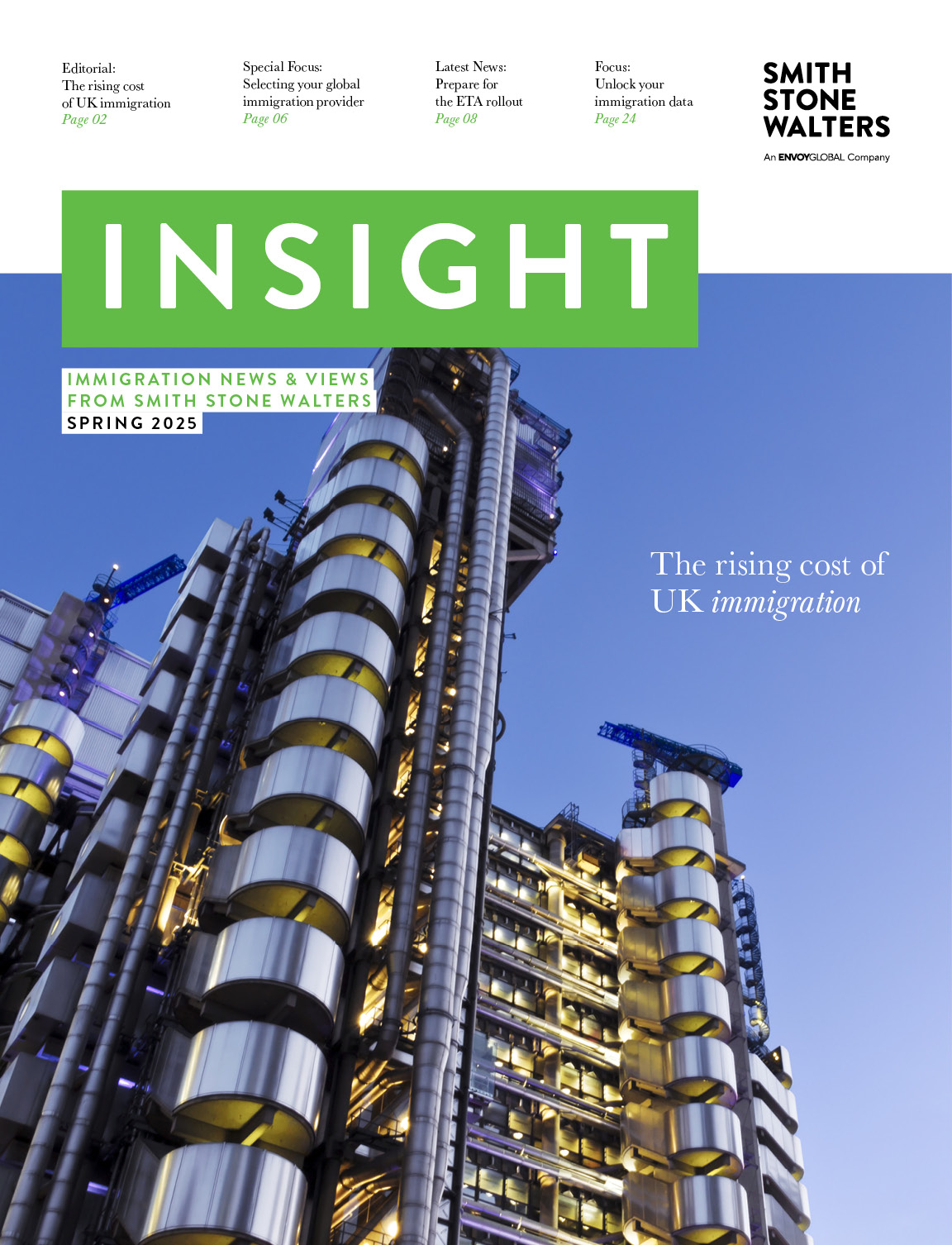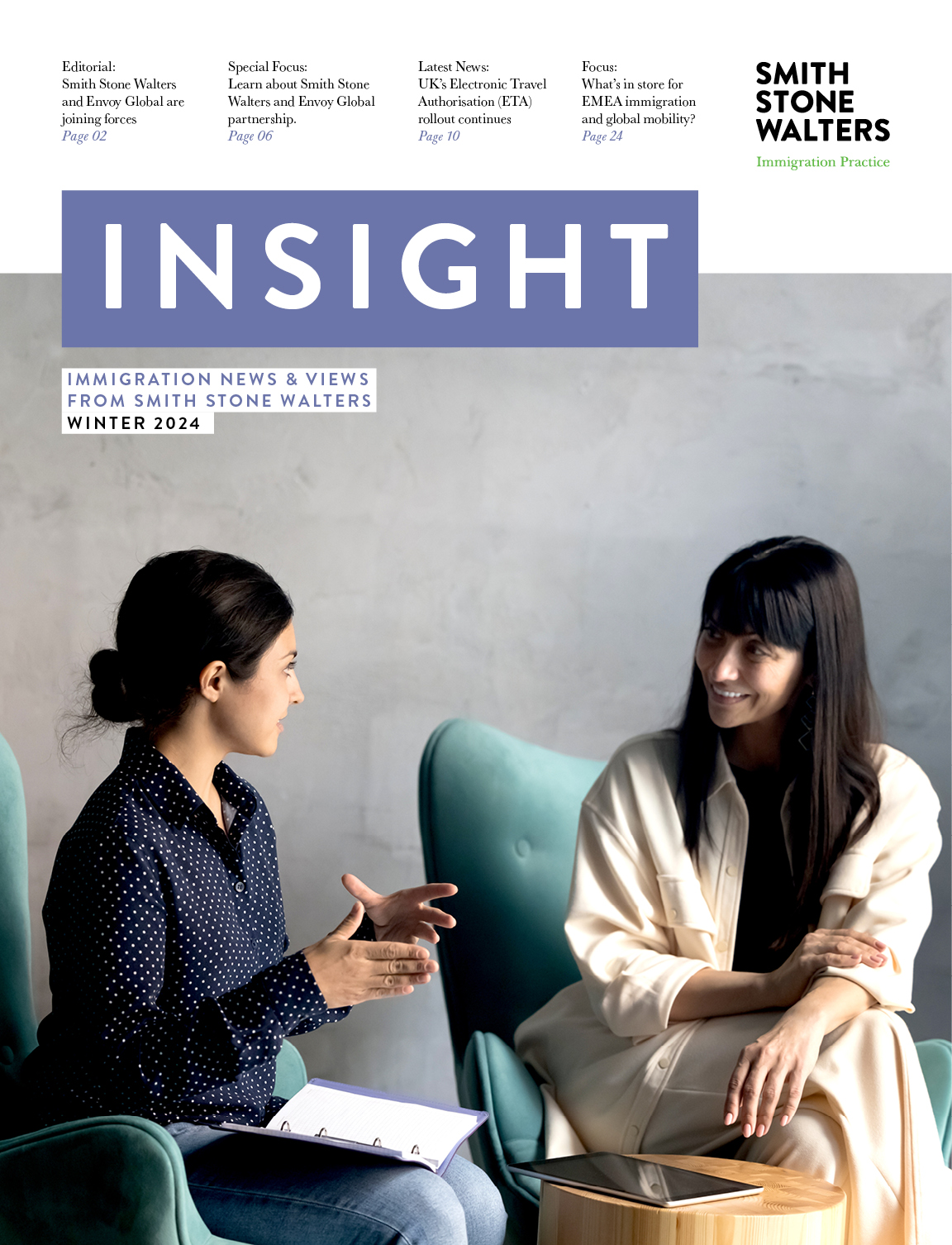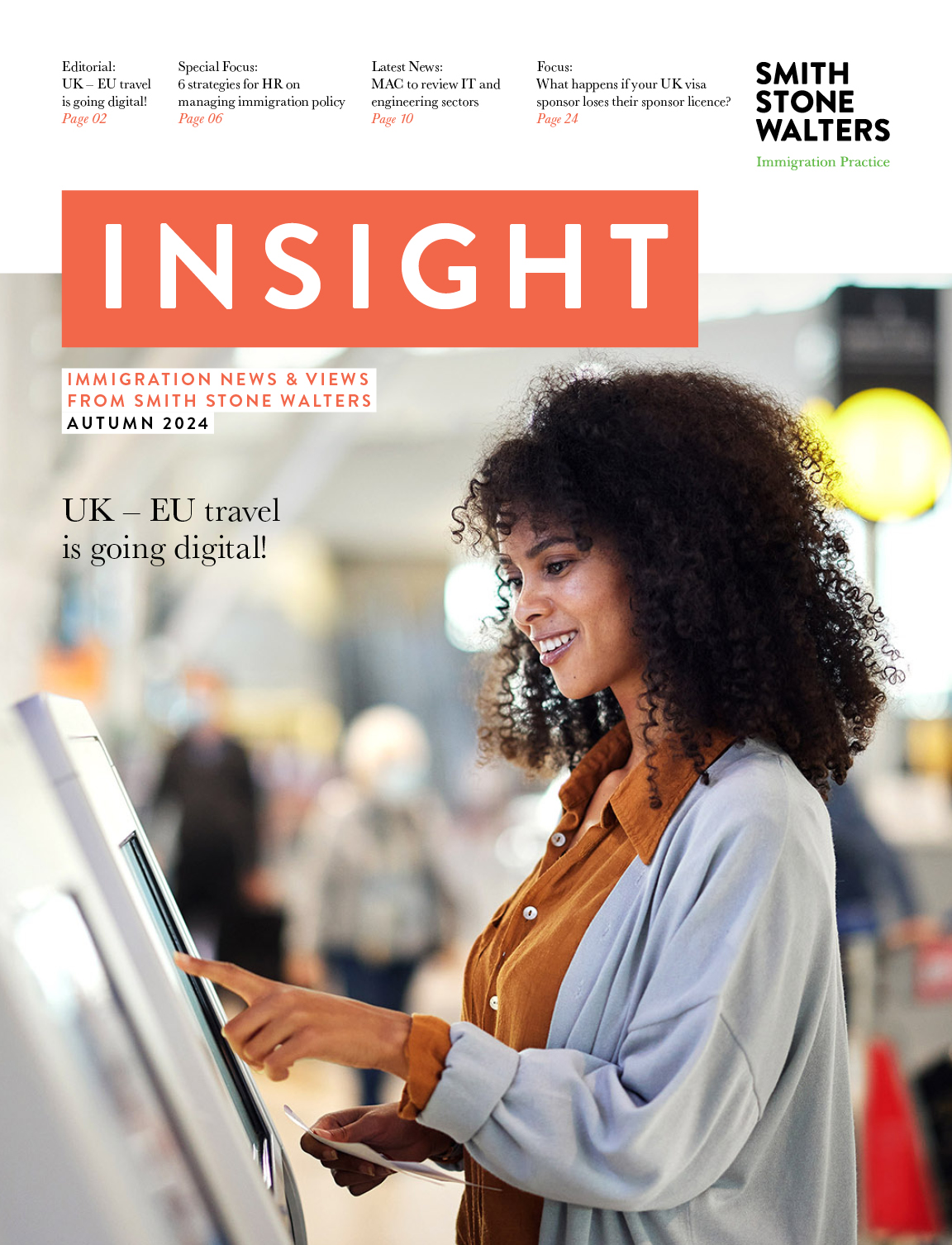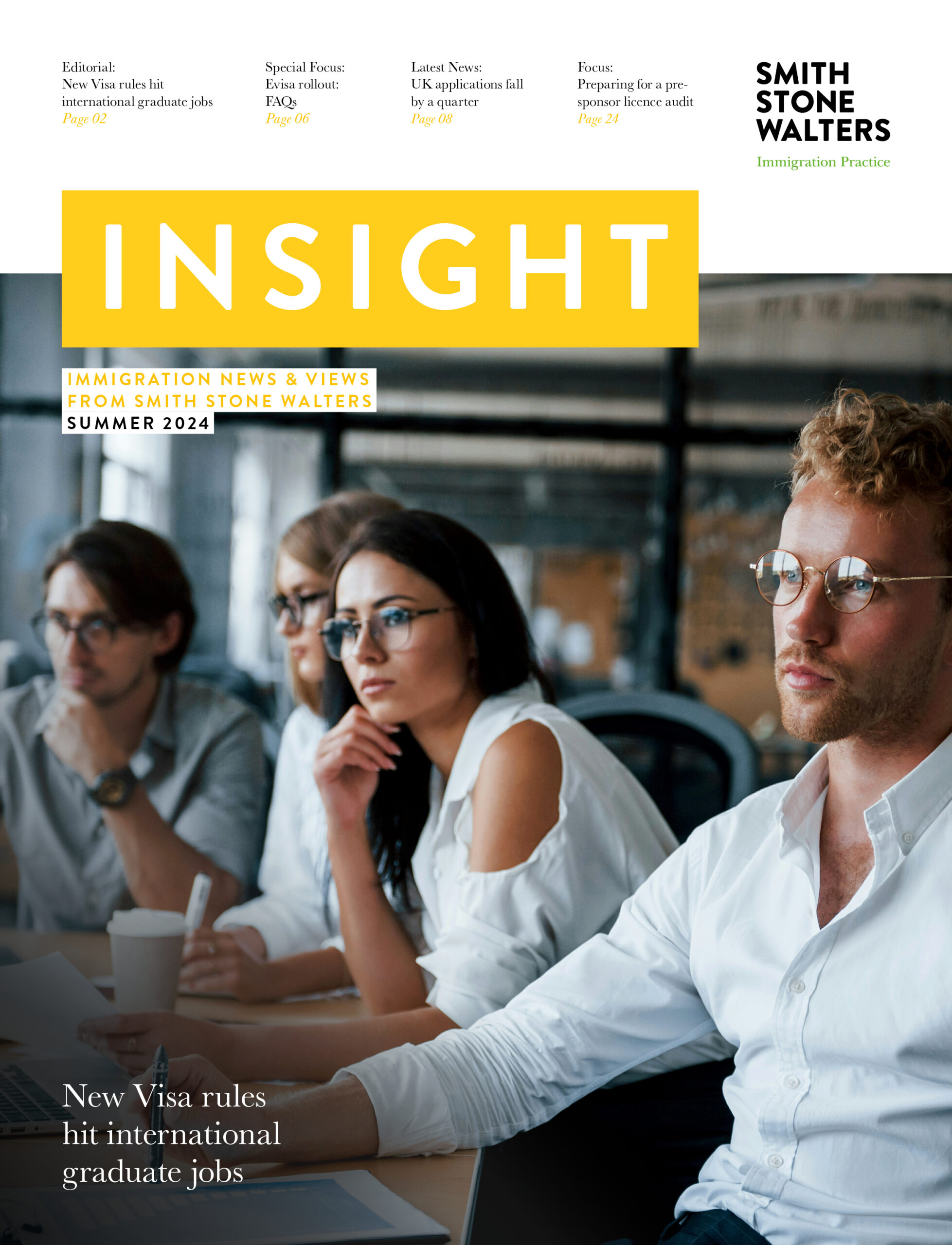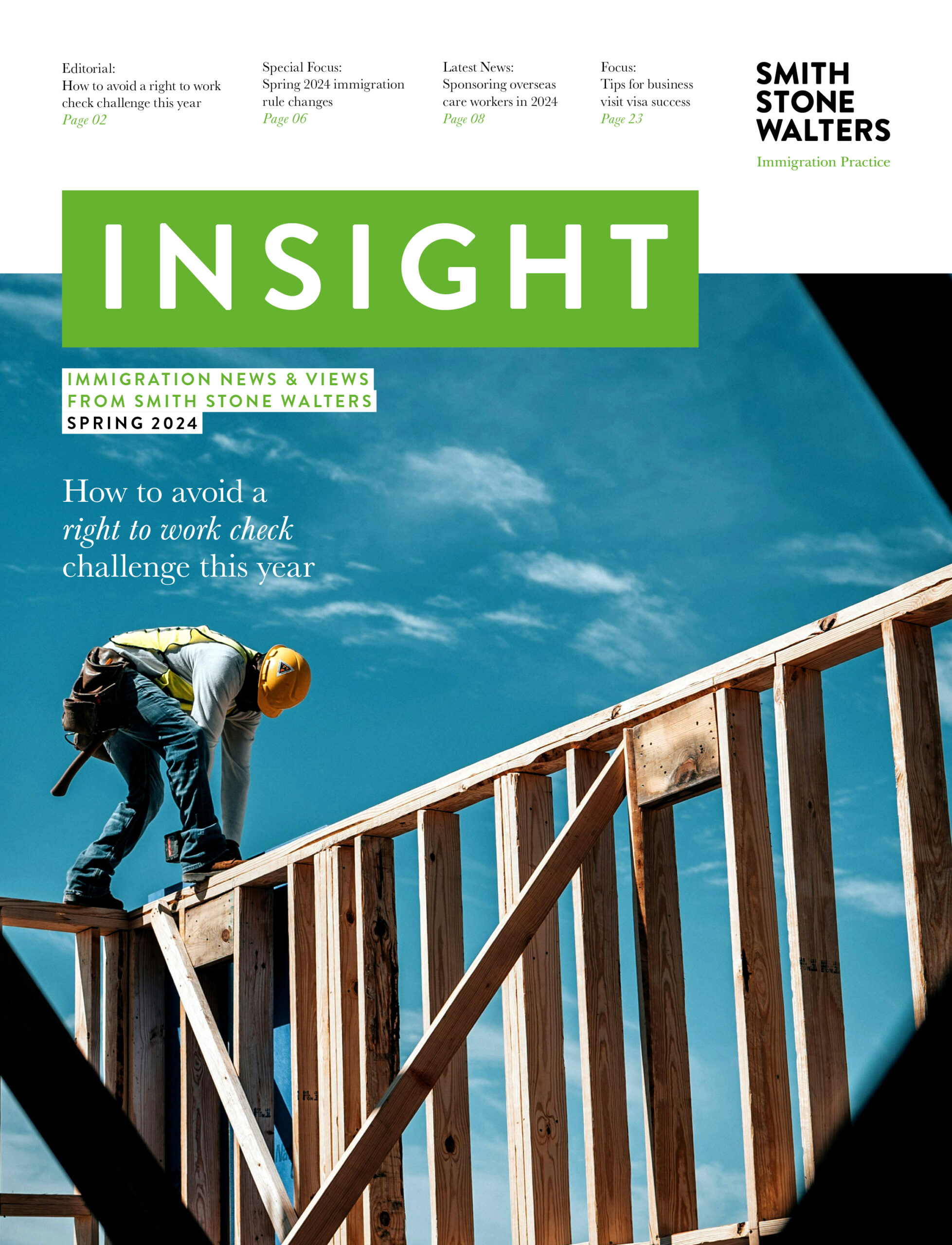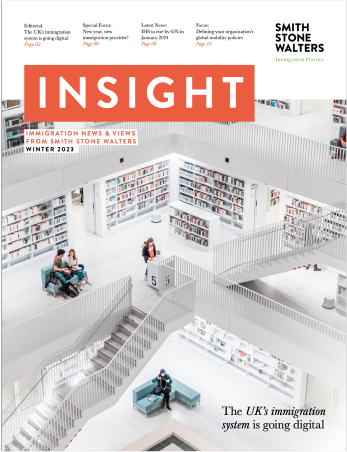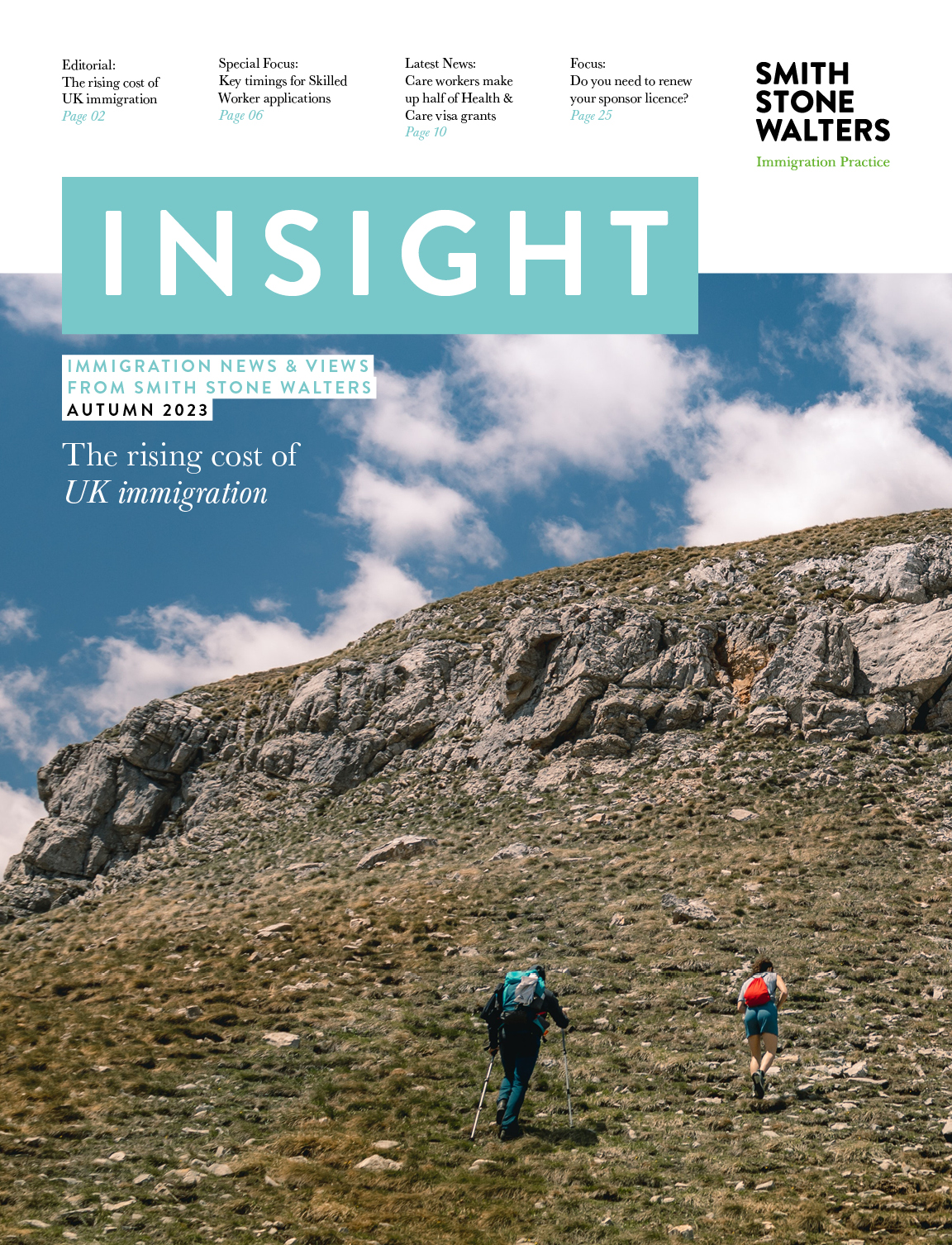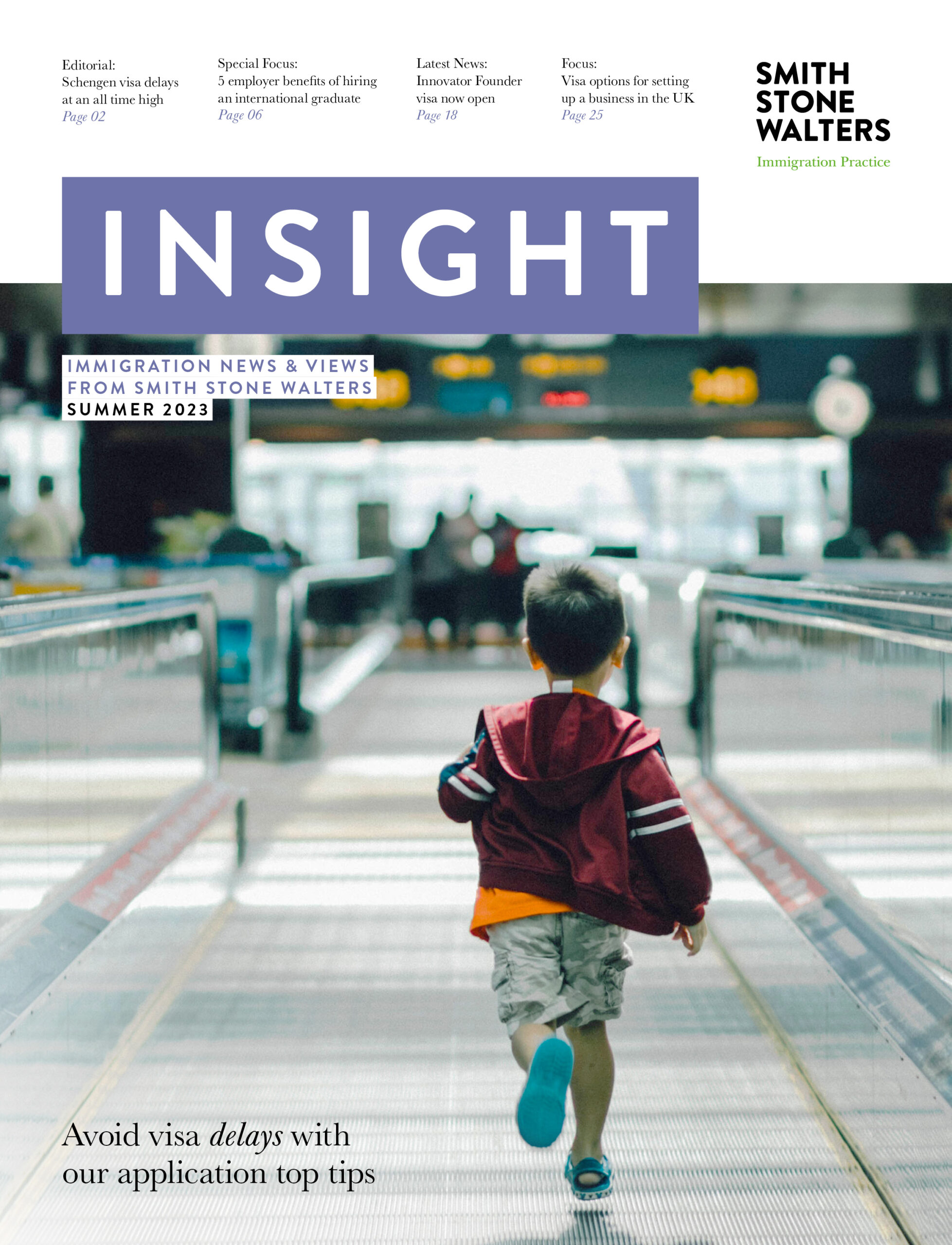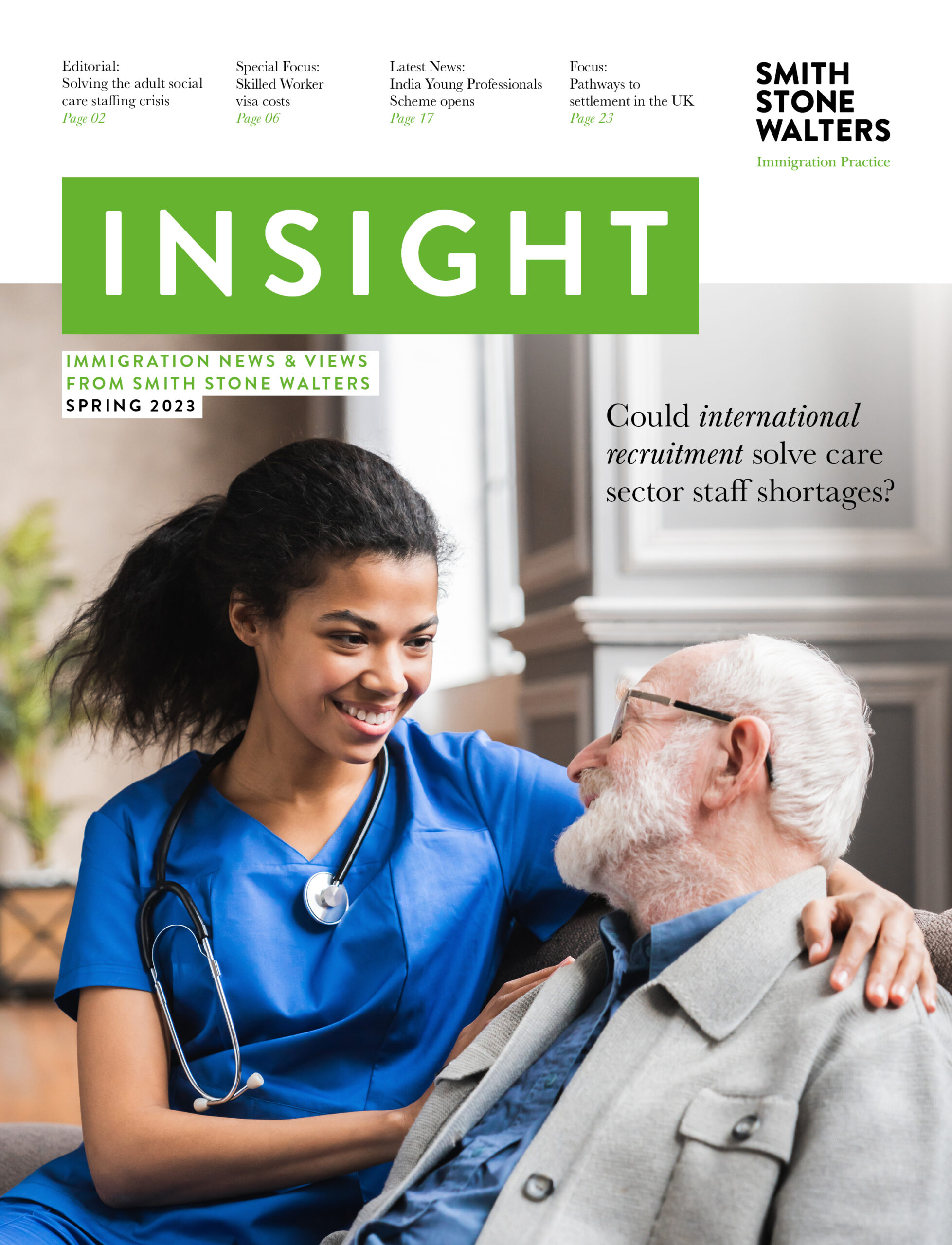Immigration in Numbers: 2020 statistics revealed
COVID-19 has understandably had a significant impact on UK immigration, with lockdowns and travel bans affecting migrants’ ability to move in and out of the country for much of 2020.
Earlier this year, the Home Office published its official immigration statistics for the year ending December 2020, detailing the number of people arriving in the UK under various categories of entry clearance visa, alongside data on all recorded passenger arrivals.
The data sets out case numbers by category for 2020 compared with previous years, painting a clearer picture of how UK immigration has been impacted by the pandemic. Although some of the data published is provisional, we can nonetheless see clearly the dramatic effect the pandemic had upon the movement of people in and out of the UK last year. The key points from the statistics are outlined below.
Entry clearance visas
Data recorded for entry clearance visas granted outside the UK shows a sharp drop in applications made overseas. In the year ending December 2020, the total number of entry clearance visas granted was 996,636 compared to 3,171,721 in 2019, representing a decrease of 69%.
A reduction was seen across all types of entry clearance visa, including work, study, family and visitor categories as follows:
- Total work visas down 35%
- Total study visas down 37%
- Total family visas down 28%
- Total visit visas down 79%
Passenger arrivals (admissions)
Data showing the amount of passengers arriving into the UK during 2020 showed a similar downwards trend.
In the year ending 2020, there were just 39.5 million passenger arrivals, compared to 146.3 million in 2019, representing a decrease of 73%.
Extensions
Data relating to in-country applications for extensions shows a small fall in work grants (-9%) and a larger fall in student grants (-32%), suggesting that many international students returned to their home country during 2020 rather than applying for an extension.
However, there was a 462% increase in grants of extension to stay in the UK for ‘other’ reasons. This is largely due to government concessions which permitted visa extensions for those unable to travel home due to COVID-19.
Settlement and Citizenship
During 2020, a total of 85,470 settlement grants were made, down from 91,439 in 2019. These figures do not include EEA citizens granted settled status under the EU Settlement Scheme.
Data on applications for British citizenship shows that there were 130,568 total grants, down 18% from the previous year.
Sponsorship
The number of organisations on the register of sponsors for work increased by 5% in 2020, with a total of 32,264 organisations registered by the end of December 2020.
We expect to see this figure rise significantly in 2021, as employers prepare themselves to hire skilled workers from Europe under the UK’s post-Brexit immigration rules.
Conversely, the number of organisations registered to sponsor students decreased by 3% in 2020.
The future of UK immigration
Full data tables laying out the statistics outlined above can be found on the government website here.
As international borders begin to reopen and COVID-19 restrictions ease further, we anticipate seeing visa extension figures gradually return to a pre-pandemic level, alongside an increase in the number of entry clearance visas granted to individuals coming to the UK to work, study and visit.
If you need support with a visa application or any other area of UK immigration, Smith Stone Walters can help. To speak with an immigration consultant, please contact us today.


